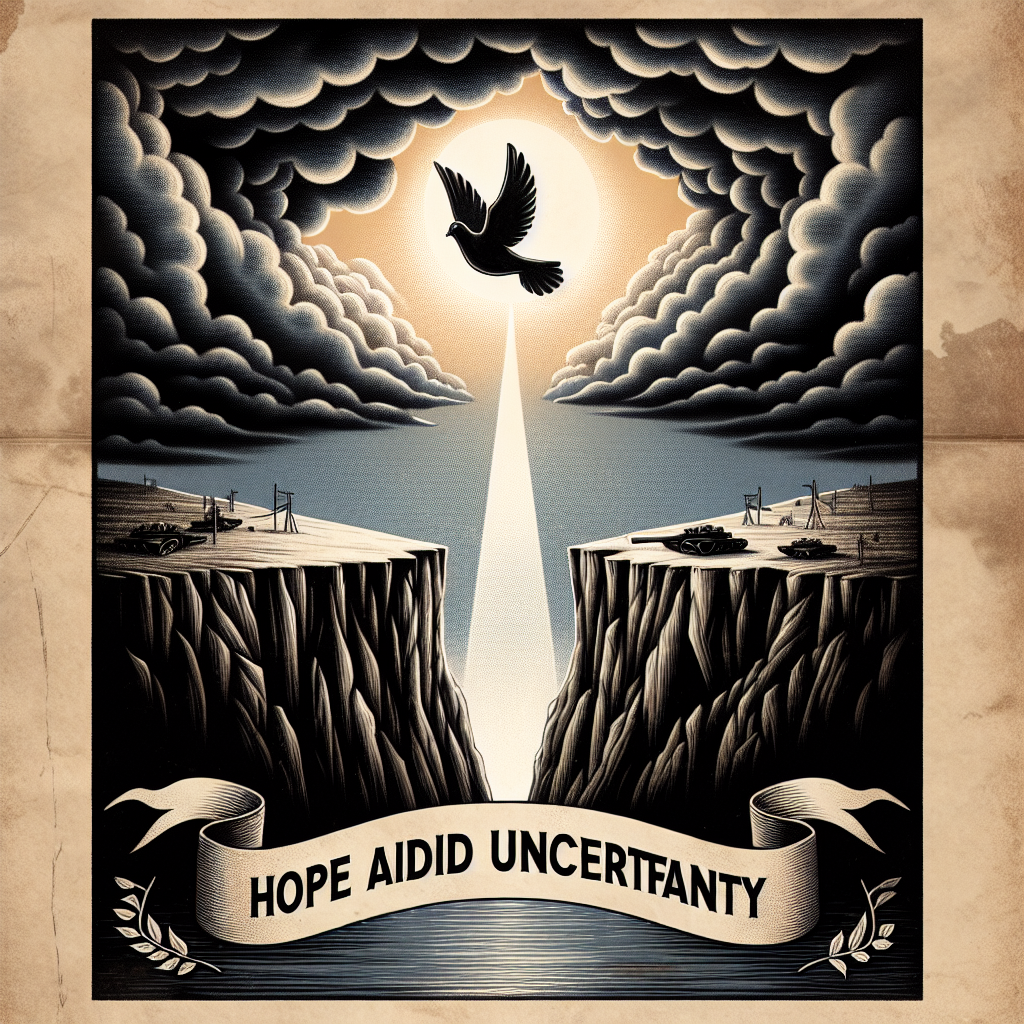Ceasefire Between India and Pakistan Sparks Hope Amid Uncertainty
Ceasefire Between India and Pakistan Sparks Hope Amid Uncertainty
Introduction
The recent announcement of a ceasefire agreement between India and Pakistan has generated cautious optimism in the region. This development marks a significant step towards reducing tensions along the Line of Control (LoC) in the disputed Kashmir region, a flashpoint for conflict between the two nuclear-armed neighbors.
Key Developments
- Ceasefire Agreement: Both countries have agreed to adhere to the 2003 ceasefire agreement, aiming to halt cross-border firing and promote peace.
- Diplomatic Engagement: The agreement is seen as a result of backchannel diplomacy, with both sides expressing a commitment to dialogue.
- Regional Stability: The ceasefire is expected to bring temporary relief to civilians living in border areas, who have long suffered from the consequences of military skirmishes.
Challenges Ahead
Despite the positive development, several challenges remain:
- Trust Deficit: Historical mistrust between the two nations could hinder long-term peace efforts.
- Political Dynamics: Internal political pressures in both countries may impact the sustainability of the ceasefire.
- Militant Activity: The presence of militant groups in the region poses a continuous threat to peace.
International Reactions
The international community has welcomed the ceasefire, viewing it as a potential catalyst for broader peace initiatives in South Asia. Key global players have expressed support for continued dialogue and peaceful resolution of disputes.
Conclusion
The ceasefire between India and Pakistan offers a glimmer of hope for peace in a region fraught with historical tensions. While the agreement is a positive step forward, sustained efforts and mutual trust will be crucial to achieving lasting stability. The world watches with cautious optimism, hoping this ceasefire will pave the way for a more peaceful future.

















